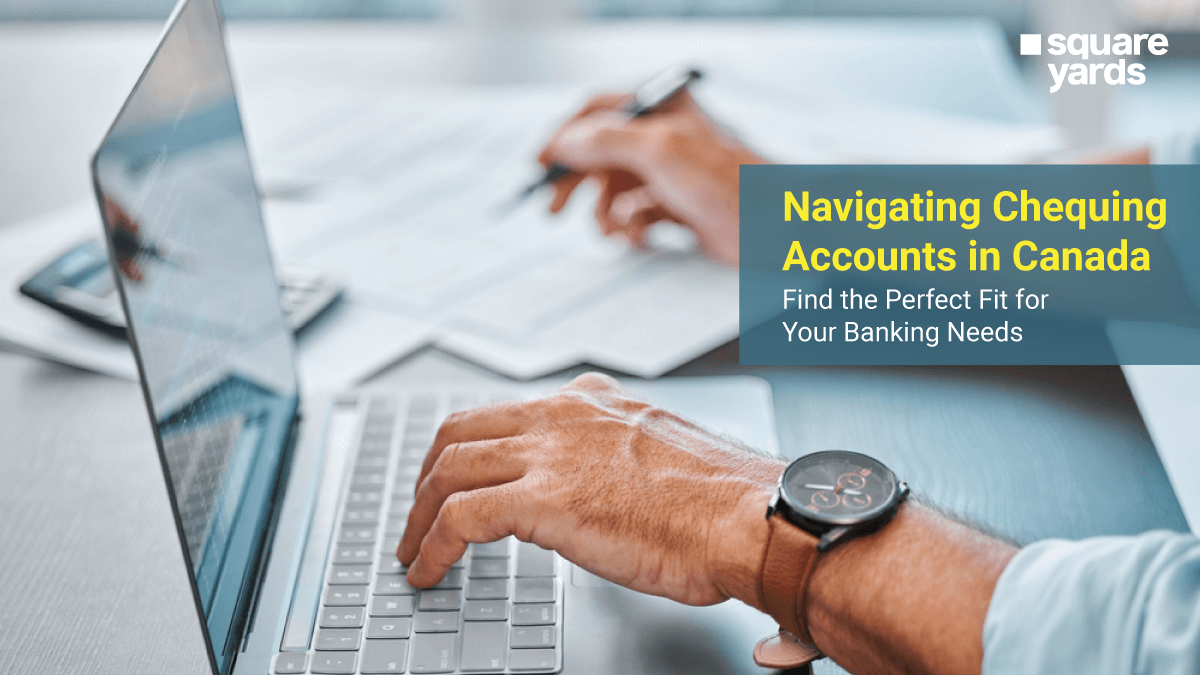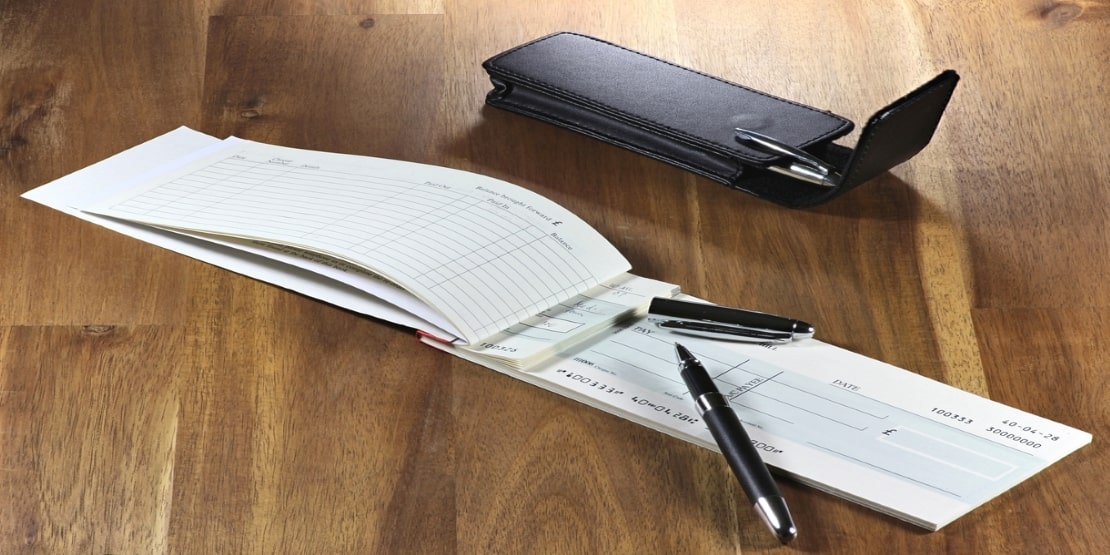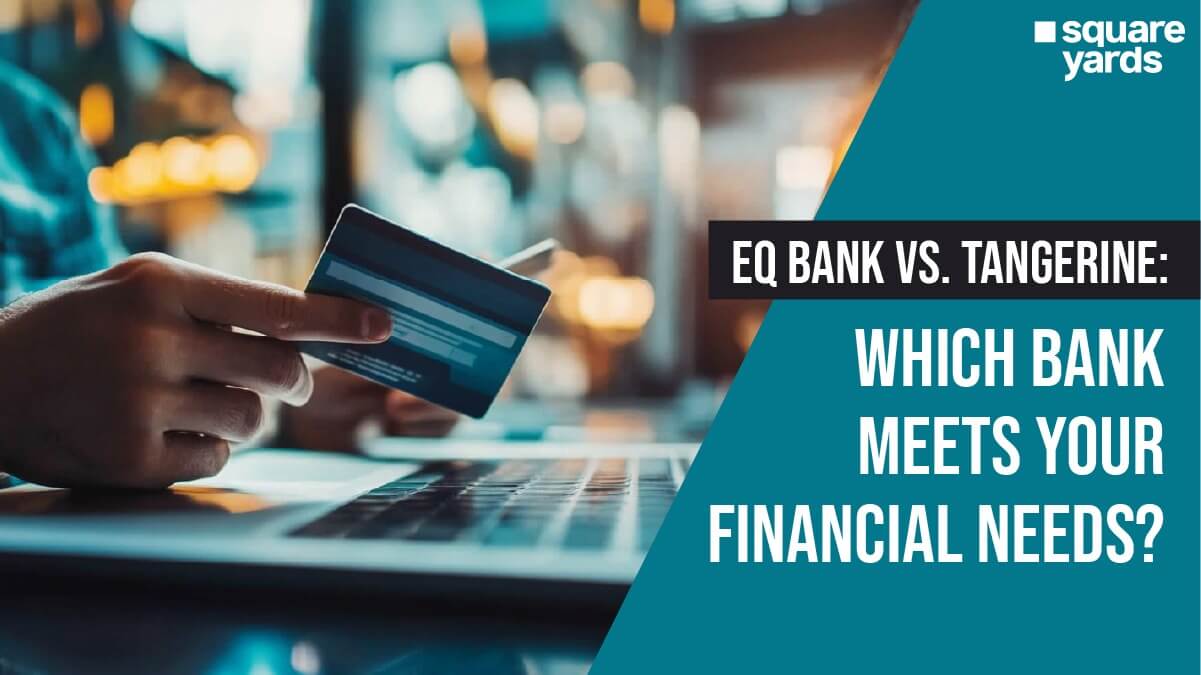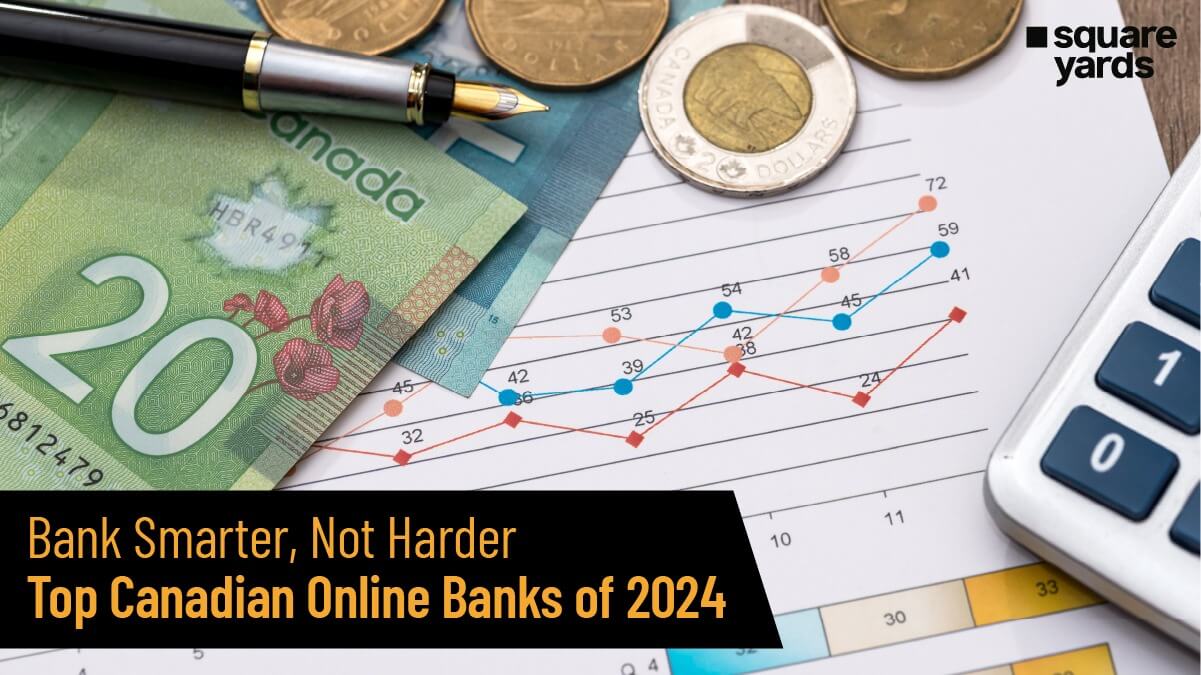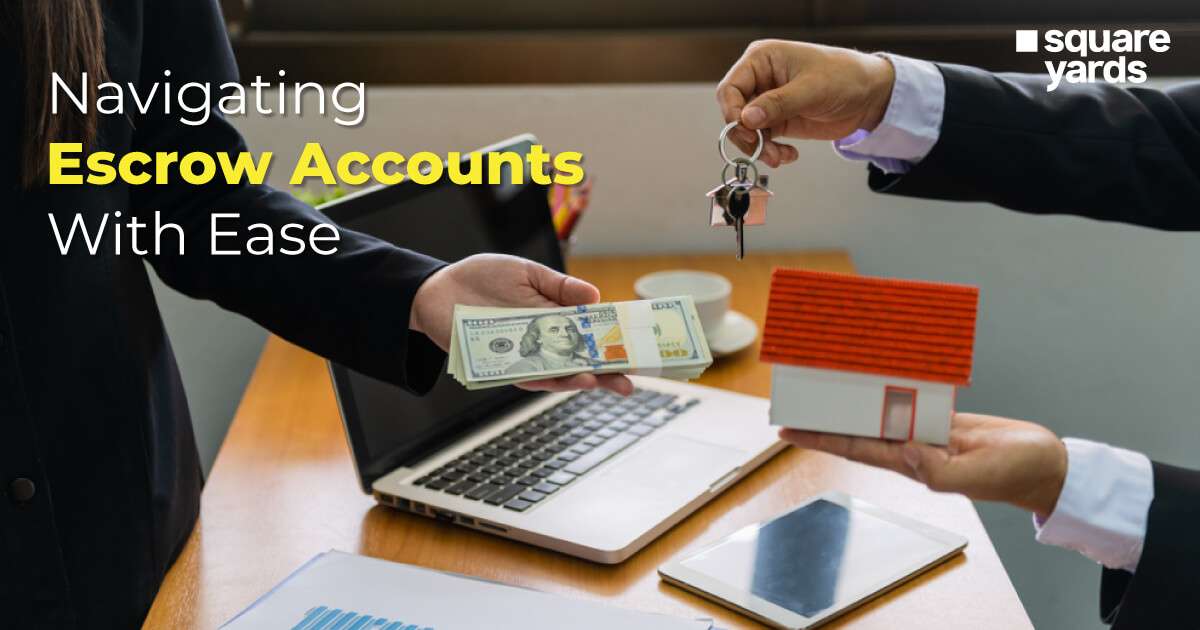Our first chequing accounts in Canada represent our first steps into the banking sector for most of us. If you’re like most Canadians, you probably visited the nearest branch of your bank much before you started researching other high-interest savings accounts. For most of us, this first happened during our first jobs when we were looking for a safe way to store all that hard-earned money. However, it is about time that we revisit some of the basics regarding chequing accounts in Canada.
In this blog, we will take a look at what chequing accounts are, their types, how to open a chequing account and much more.
What is a Chequing Account?
A chequing account can be described as a banking product that most Canadians use in their day-to-day life. This account can be used for depositing money, withdrawing cash, making purchases, or making a bill payment. Since these accounts are used for all the daily transactions, they can also be referred to as “transactional accounts”. The types of chequing accounts are classified based on fees and perks they offer to the account holder.
Types of Chequing Accounts
As discussed above, different chequing accounts are available in Canada based on their fees and benefits. Given below are some of the types of chequing accounts available in Canada:
Personal Chequing Account
These are the most common and widely used accounts in the country. Most people use these accounts to carry out their everyday activities like depositing money, making bill payments, withdrawing cash, etc.
Senior Chequing Account
These innovative banking products are designed to be more useful to the community’s senior citizens. Usually, these accounts encompass teller-backed transactions, monthly paper statements, and other subsidised services like renting safety deposit boxes.
Youth Chequing Account
These chequing accounts are designed for Canadians under the required age limit to open a bank account. These accounts are usually free of charge and allow the account holder to operate the account up to the age of 18. After 18, the account holder will be required to switch to a different chequing account that fits their needs.
Student Chequing Account
Much like youth chequing accounts, student chequing accounts are also provided to the holder free of any charges. Students can save money on their fees and other expenses by using this account. However, the applicant has to meet certain criteria to open and operate a student chequing account. Each financial institution has its own rules about chequing accounts, but the applicant will have to be enrolled as a student in a recognised educational institution in Canada to be eligible.
US-Dollar Chequing Account
These financial products are typically designed to be operated in US Dollars. These accounts are ideal for people earning an income in American Dollars and do not want to convert the money to Canadian dollars since they do business or regularly travel to the United States.
Joint Chequing Account
Joint chequing accounts are meant to be used when two or more primary operators of an account. Every registered member of the account will have equal access and power regarding the operation of the account. These accounts are ideal for spouses, family members, or business partners.
Business Chequing Account
Business chequing accounts are the same as personal chequing accounts, but they are used for business banking purposes.
How to Choose the Best Chequing Account in Canada?
Chequing accounts is the easiest way to save your money in the bank. The money in an account is protected and can be accessed by the holder via debit cards issued by the banking institution. However, its benefits may vary from bank to bank. While choosing the best chequing account in Canada, keep the following factors in mind.
Fees
If you are one of those people who are sceptical about storing all your hard-earned money in banks, you are not the only one. However, with a little bit of faith and research, you can select a chequing account with low or no monthly fees. If you can afford to maintain a daily balance of $3000 to $4000, you can go for a conventional chequing account from any five major institutes. However, for most people, this amount is simply not feasible. If you are one of such people, you should consider opting for a chequing account from an online provider as they provide these products with no fees.
Features
Before selecting a chequing account, you should consider going through the features to see if they suit your lifestyle. You should consider various features like international wire transfers and overdraft protection. Some premium account features are not available by default in other chequing account alternatives. While usually such features are only associated with a credit card or savings account, you should always look out for such added incentives that you can also take advantage of through chequing accounts. Several other account options also offer the option of earning reward points on every debit transaction.
Accessibility
Accessibility is one of the most important factors you should consider before finalising your chequing account. However, the concept of accessibility differs from person to person. You should always consider asking yourself what kind of services you expect from your banking provider. Are you someone who is more comfortable dealing with a bank teller in person, or would you rather use online banking? These are some of the questions you should ask yourself before choosing the right chequing account.
Promotions and Rewards
You should understand that banking is not just stuffing all your money into the proverbial ‘mattress’. Even though chequing accounts are not regularly linked to rewards and incentives, many banking providers offer lucrative promotional offers and rewards with their chequing account offerings. Some online chequing account providers offer interest linked incentives based on the balance in your chequing account. Further, many providers also offer incentives on sign-up, so if you’re looking for a new chequing account, it is advised that you should shop around for a while.
How to Open a Chequing Account in Canada?
Any interested person can open a chequing account in Canada by physically visiting the branch or online banking. Regardless of what you choose, opening a chequing account in Canada is very simple. You will have to provide personal information like home address, phone number, and full name. Further, the applicant will also need to keep their social insurance number (SIN) to apply for opening a chequing account. If you choose to physically visit the branch to open an account, you will need to carry two identification documents. If you do not have two identification documents, you can also present another debit/credit card with your name printed on it.
Given that all the affairs are in order, banking providers usually approve chequing account requests immediately. If you have applied for a chequing account in person, you will get a temporary banking card delivered to your registered postal address. If you have applied online, you will have to wait for a few days before your card gets delivered to your address.
You May Also Read:
|
What is FHSA in Canada |
|
|
Know The Business Accounting |
|
|
Understand Escrow Account |
|
|
Guide To Non-Resident Canada Tax |
|
|
How To Open Student Bank Account in Canada |
Frequently Asked Questions (FAQs)
Can I earn interest in a chequing account?
Even though interest-earning chequing accounts are rare in Canada, few exceptions exist. Interest earning accounts are common, with no-fee chequing accounts online banks offer. One should note that the interest rates offered are quite low, so they should not consider them as a substitute for chequing accounts.
Are chequing accounts free?
Even though most banks charge nominal fees for opening chequing accounts, many online banks like Tangerine, Wealth simple, etc., also provide free chequing options.
How do chequing accounts work?
Chequing accounts are the simplest ways to deposit your money to the bank. Not only is the money in the account protected, but it is also instantly accessible. You can access your chequing account with a debit card issued by your banking partner.

